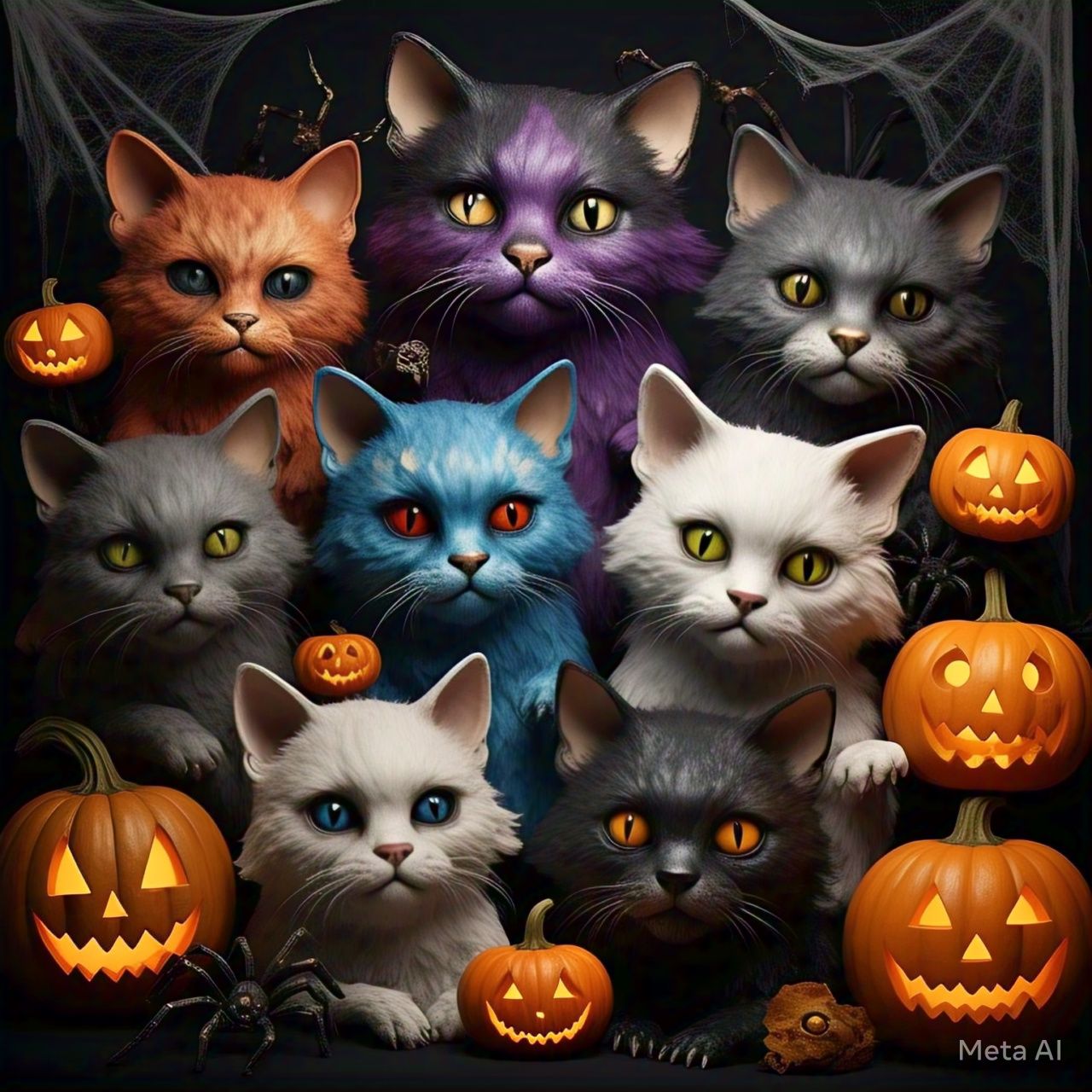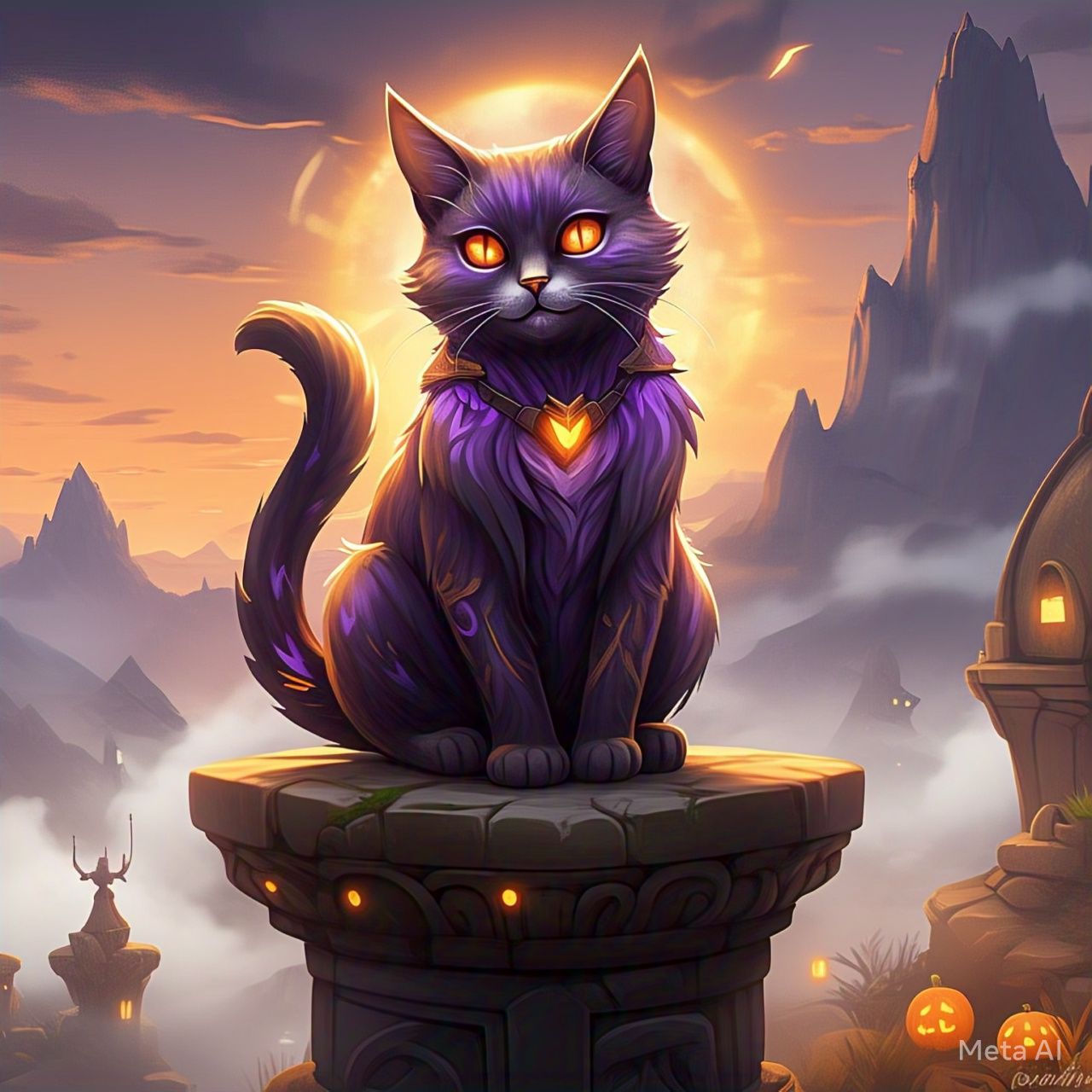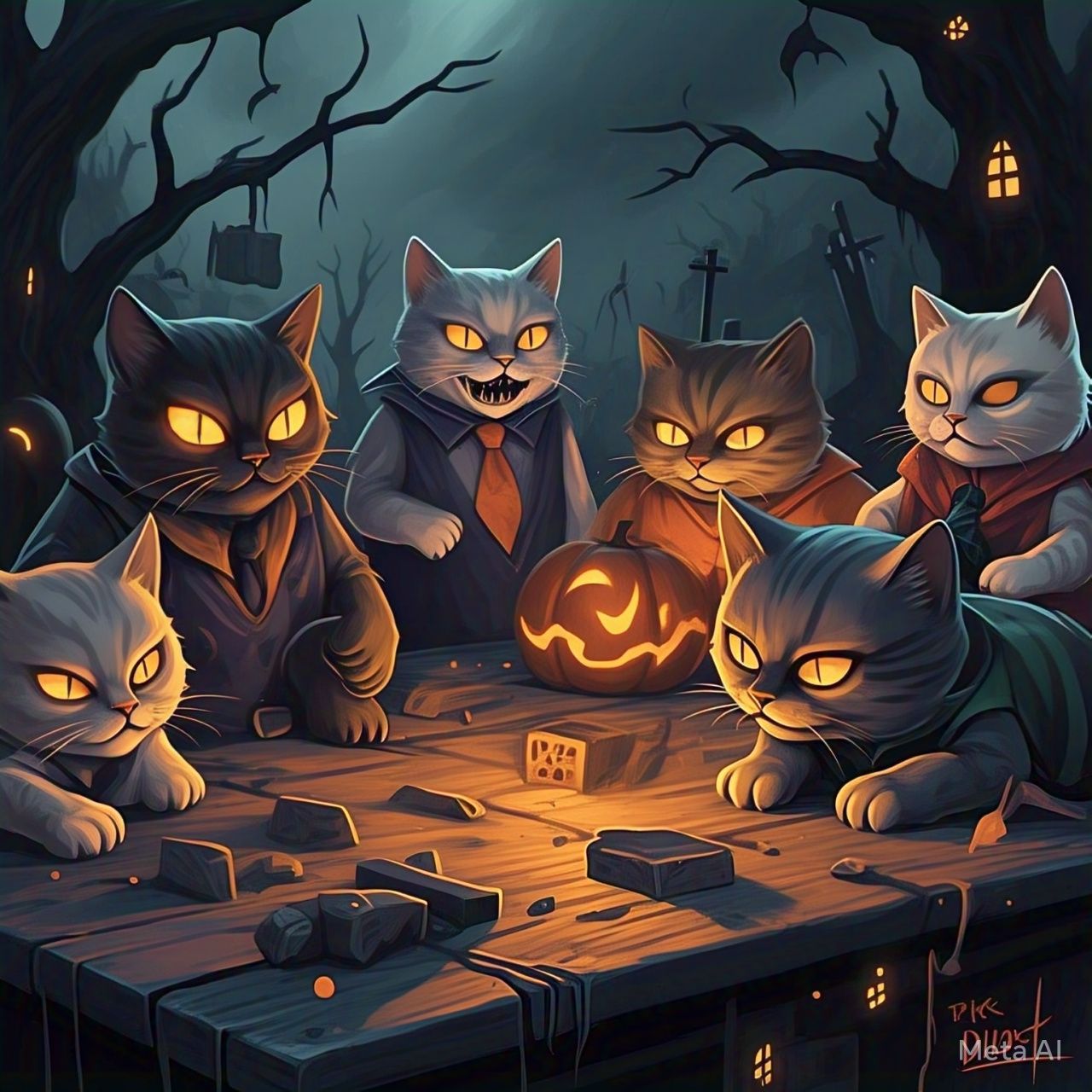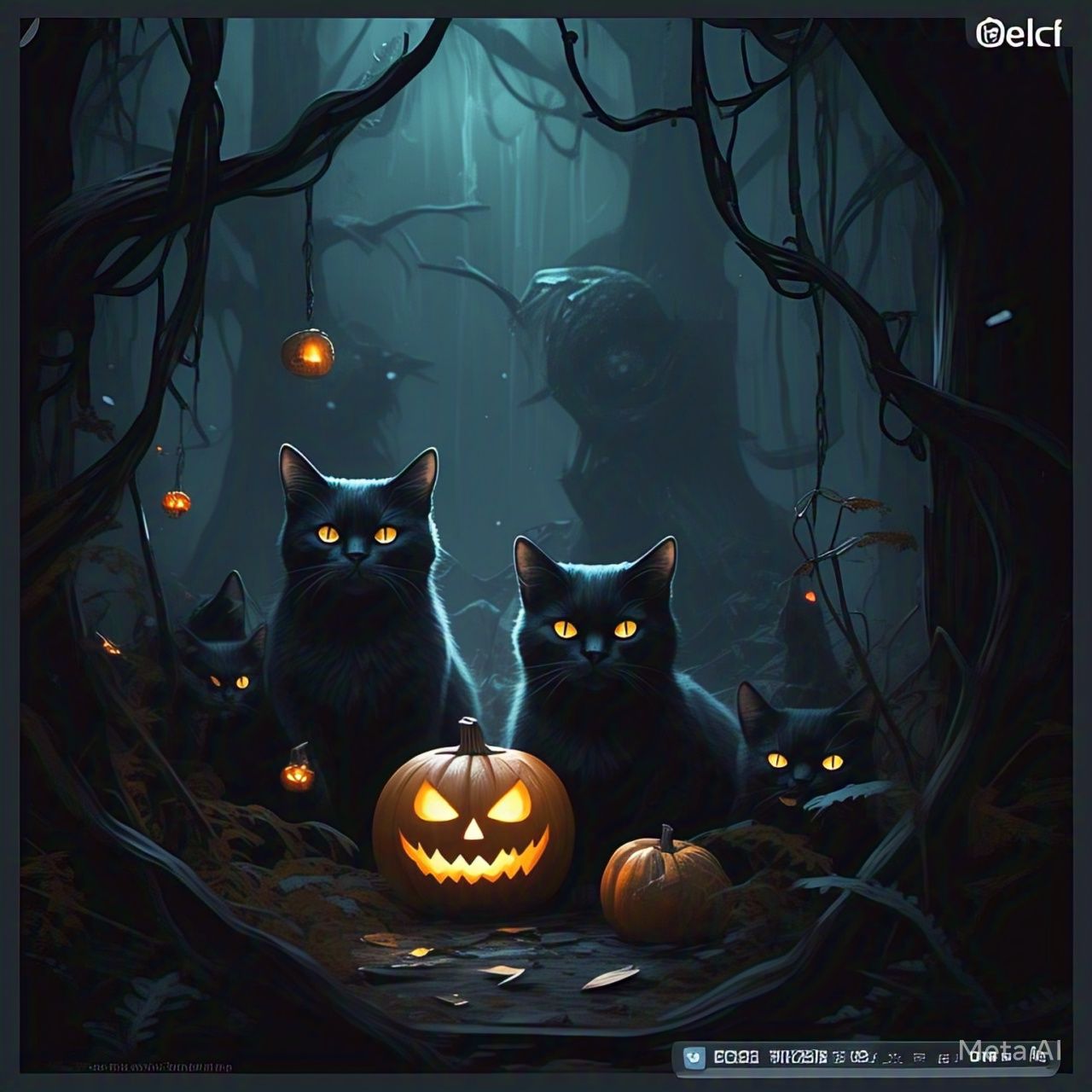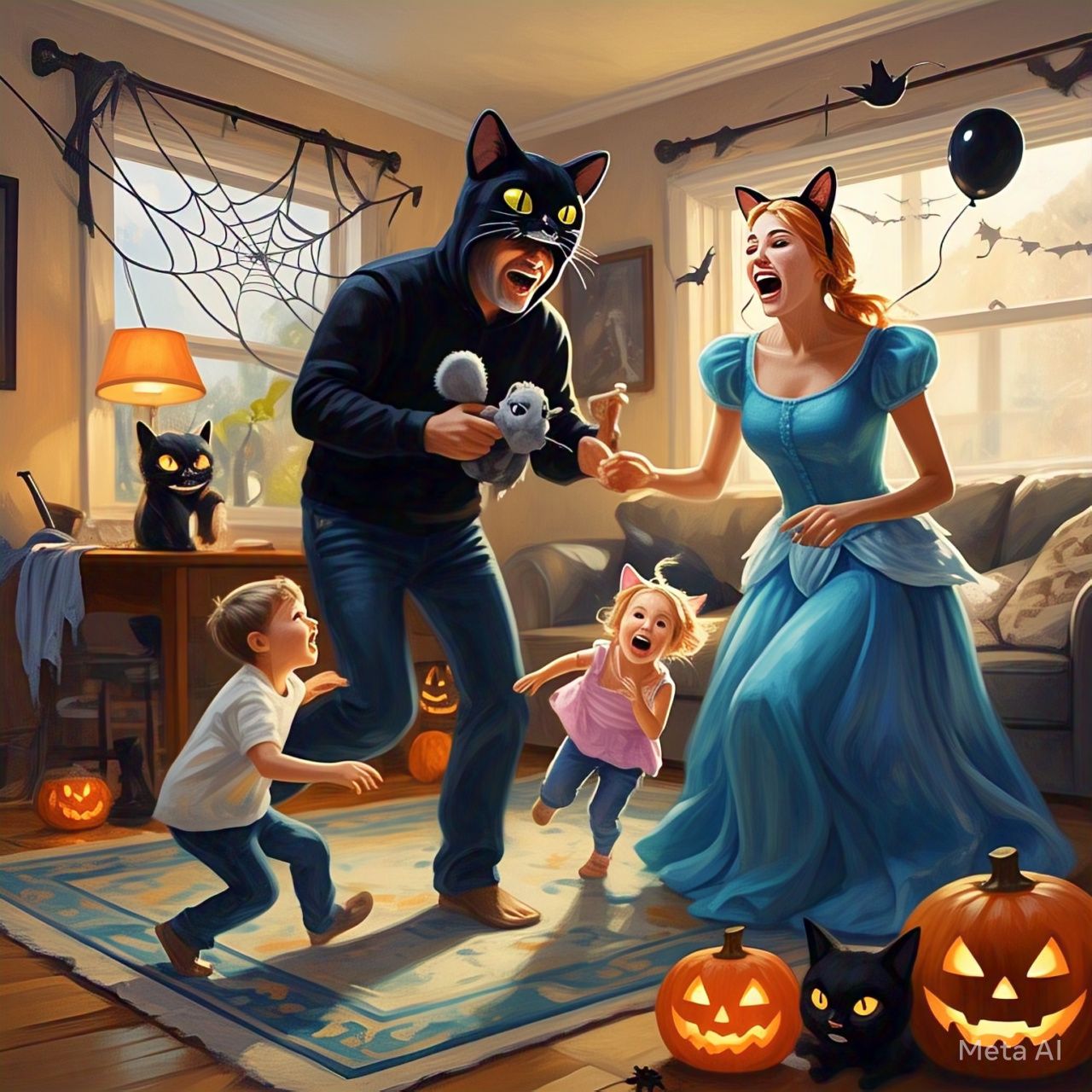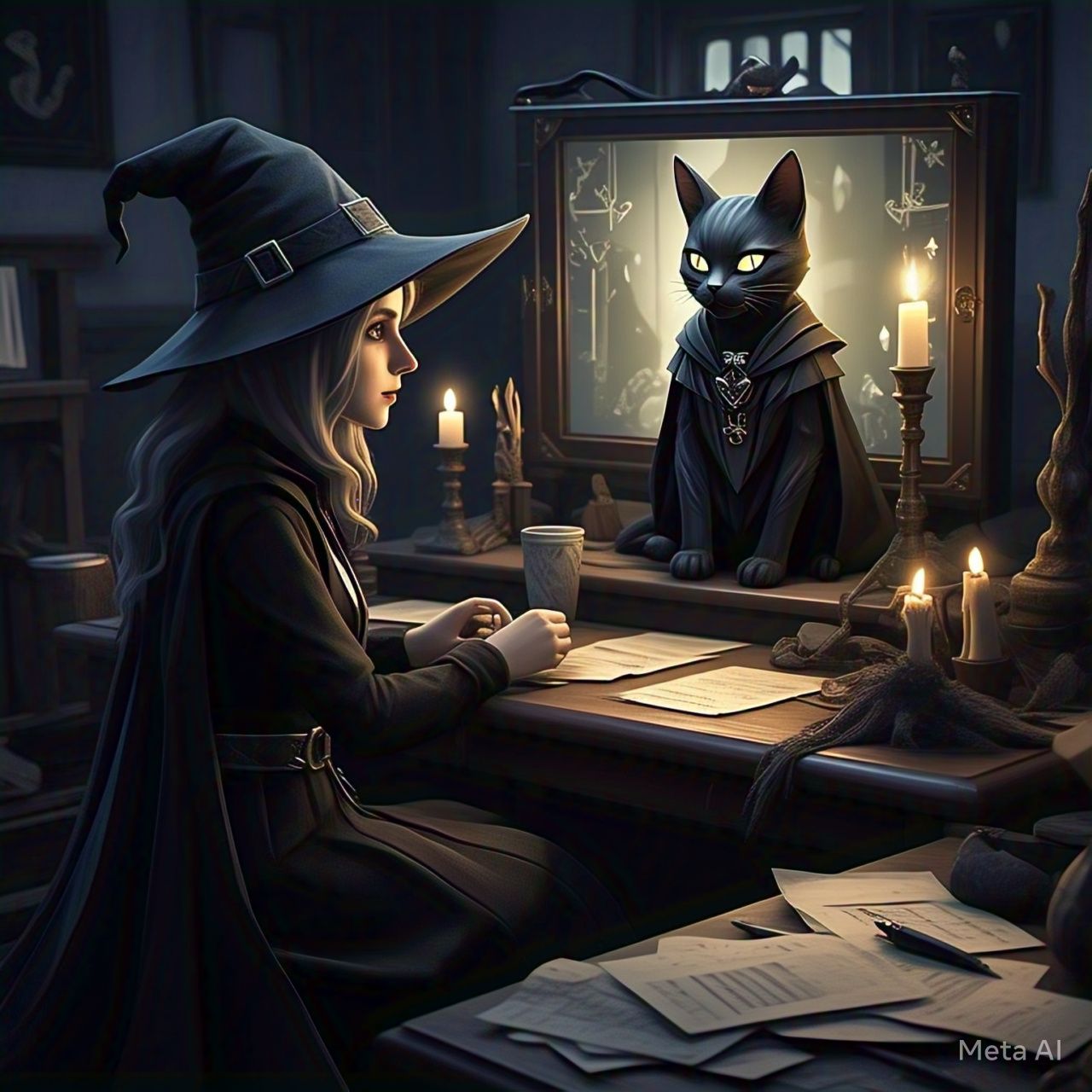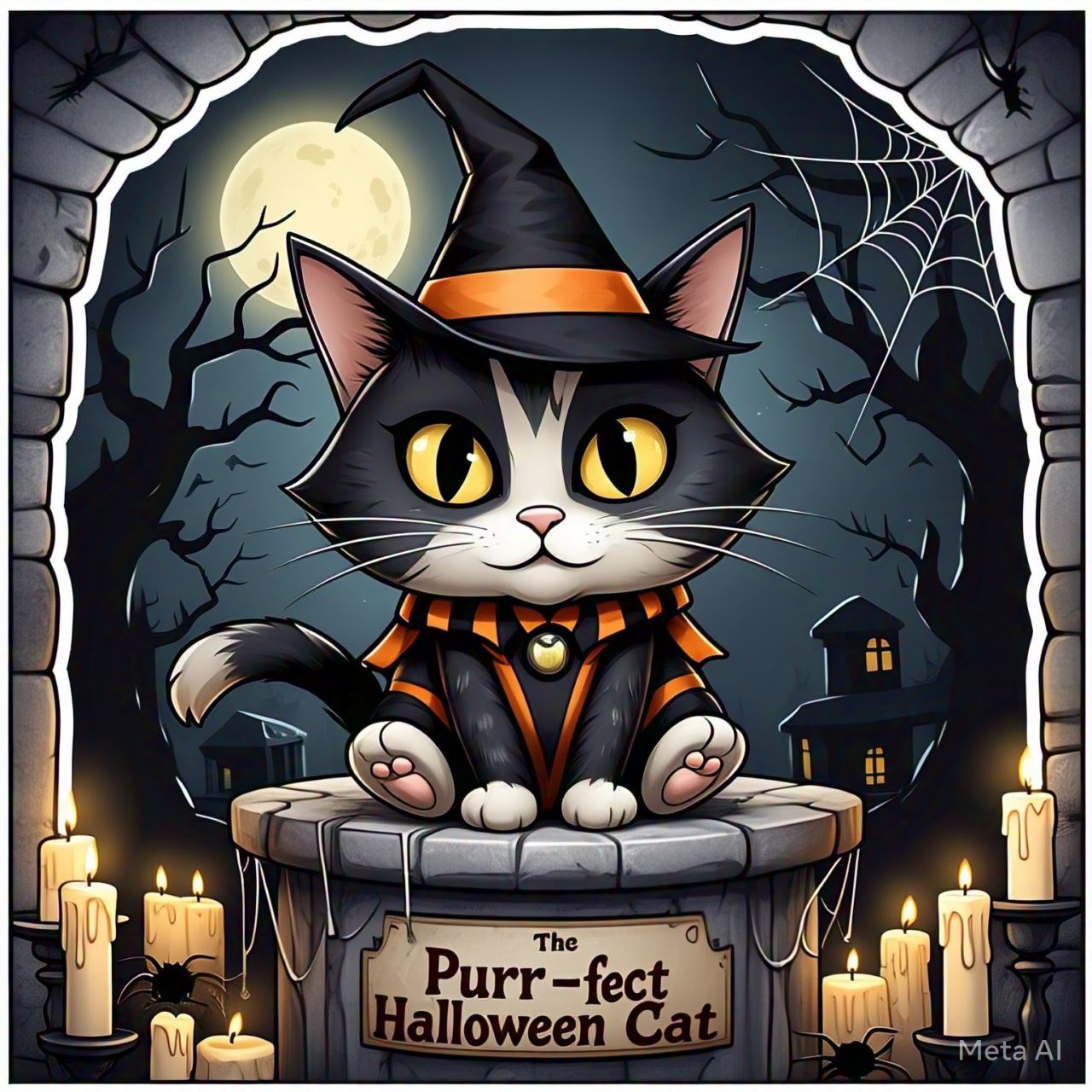The Cutest and Creepiest Halloween Cat Skins You Can Unlock This Season
Halloween Cat Skins – A Spooky Celebration
Halloween is the perfect time for gamers and cat lovers to indulge in the festive spirit with adorable and eerie in-game cat skins. Many popular games release limited-time Halloween-themed content, and cat skins are among the most sought-after. Whether players prefer cute, whimsical felines or terrifying, ghostly kitties, there’s something for everyone this season.
This article explores the best Halloween cat skins available across different games, highlighting both the charming and the chilling options. From fluffy black cats with glowing eyes to undead felines with skeletal features, these skins bring the Halloween vibe to virtual worlds. Players who love customization and seasonal events won’t want to miss out on unlocking these exclusive designs.
Why Halloween Cat Skins Are So Popular
Cats have long been associated with Halloween, thanks to folklore, superstitions, and their mysterious nature. Black cats, in particular, are iconic symbols of the holiday, often linked to witches and supernatural tales. Game developers capitalize on this theme by introducing cat skins that range from delightfully spooky to downright terrifying.
These skins often come with special animations, sound effects, and even themed abilities that enhance gameplay. For example, a ghostly cat might leave a trail of eerie mist, while a pumpkin-headed feline could emit a sinister glow. Such details make these skins highly desirable among players who enjoy immersive seasonal content.
How to Unlock Halloween Cat Skins
Most Halloween cat skins are available through limited-time events, battle passes, or in-game stores. Some require completing specific challenges, while others can be purchased directly. Since these skins are often exclusive to the Halloween season, players must act quickly to secure them before they disappear until next year.
In the following sections, this article will delve into the cutest and creepiest Halloween cat skins, providing details on their designs, unlock methods, and the games where they can be found. Whether players want to embrace the spooky aesthetic or simply collect adorable virtual pets, there’s a Halloween cat skin waiting for them.
The Cutest Halloween Cat Skins – Adorable Feline Fun
For those who prefer their Halloween celebrations on the sweeter side, many games offer irresistibly cute cat skins. These designs often feature playful Halloween elements like tiny witch hats, pumpkin accessories, and glowing eyes that add charm without crossing into creepy territory.
Pumpkin Paws the Magical Kitten
One of the most beloved cute Halloween cat skins is Pumpkin Paws, a fluffy orange kitten with a miniature jack-o’-lantern strapped to its back. The pumpkin glows softly at night, and the cat’s eyes twinkle with mischief. This skin is available in Fantasy Pet Adventures, a game known for its whimsical creature designs.
To unlock Pumpkin Paws, players must participate in the “Harvest Festival” event by collecting candy corn scattered across the map. Once enough candy is gathered, the skin becomes available as a reward. Its playful animations, such as batting at floating ghost decorations, make it a favorite among younger players.
Witch’s Familiar – A Tiny Black Cat in a Mini Cape
Another adorable option is the Witch’s Familiar skin in Magic Battlegrounds. This sleek black cat wears a tiny purple cape and a pointed hat, resembling a classic witch’s companion. Its eyes glow green, and it leaves behind faint sparkles when it runs.
Unlike some event-locked skins, the Witch’s Familiar can be purchased directly from the Halloween store. It’s a popular choice for players who enjoy a subtle yet festive look. Additionally, this skin occasionally triggers a special interaction where the cat curls up inside a cauldron when idle, adding to its charm.
Candy Corn Cat – A Sweet Treat on Four Legs
For those who love colorful designs, the Candy Corn Cat in Pet Simulator X is a standout. This skin transforms the cat into a walking candy corn, with stripes of orange, yellow, and white. Its tail flickers like a flame, and it emits a faint sugary shimmer.
Unlocking this skin requires players to trade with others or find it in special Halloween loot boxes. Due to its rarity, it’s considered a collector’s item. Despite its simplicity, the Candy Corn Cat remains one of the most visually appealing cute Halloween skins.
Why These Skins Appeal to Players
Cute Halloween cat skins provide a lighthearted way to enjoy the holiday without venturing into horror territory. They’re perfect for players who enjoy festive aesthetics but prefer whimsy over fright. Additionally, these skins often come with fun animations and interactive elements that make gameplay more engaging.
The Creepiest Halloween Cat Skins – Frightening Felines for the Brave
While cute Halloween cat skins bring charm and whimsy, some players crave something darker—skins that embody the eerie and unsettling side of the season. Game developers have delivered terrifying feline designs that range from ghostly apparitions to demonic beasts. These skins are perfect for those who love a good scare and want their in-game pets to reflect the spine-chilling spirit of Halloween.
The Phantom Stalker – A Ghostly Harbinger of Doom
One of the most haunting cat skins available is The Phantom Stalker, featured in Shadow Legends Online. This spectral feline appears as a translucent, shadowy figure with glowing red eyes and a tattered, ethereal tail. When the cat moves, it leaves behind a trail of mist, and its meow is replaced by an unsettling whisper.
Unlocking The Phantom Stalker requires completing a series of challenging Halloween quests, including defeating a boss while accompanied by a black cat companion. The effort is worth it for players who enjoy a macabre aesthetic. The skin also has a unique idle animation where the cat dissolves into smoke before reforming—a detail that adds to its eerie presence.
The Boneclaw – A Skeletal Horror
For those who prefer their Halloween themes downright gruesome, The Boneclaw in NecroPets Unleashed is a nightmare come to life. This skin transforms the cat into a skeletal creature with exposed ribs, jagged spine, and hollow eye sockets that flicker with an unnatural blue flame. Its movements are jerky and unnatural, as if controlled by dark magic.
This skin is only available during the game’s annual Night of the Undead event, where players must gather cursed bones scattered in a haunted graveyard. The difficulty of obtaining The Boneclaw makes it a status symbol among hardcore fans. Some players even claim that the skin occasionally emits a faint rattling sound—an unnerving touch that enhances its horror factor.
The Infernal Whisker – A Demonic Feline
If players want their virtual cat to look like it crawled straight out of hell, The Infernal Whisker in DoomCraft is the perfect choice. This skin gives the cat glowing crimson eyes, smoldering fur, and jagged, obsidian-like claws. Flames flicker around its paws as it walks, and its growl sounds more like a demonic snarl than a typical meow.
Unlocking The Infernal Whisker is no easy feat—players must survive a special Halloween dungeon filled with fire-based enemies while using only a cat companion. The reward is well worth the challenge for those who love dark fantasy aesthetics. The skin even has a hidden feature: if the player stands still long enough, the cat will briefly transform into a larger, more monstrous version of itself before reverting.
Why Players Love the Creepy Skins
While not for everyone, these terrifying cat skins have a dedicated fanbase. Horror enthusiasts enjoy the immersive experience of having a pet that fits the Halloween atmosphere perfectly. The attention to detail—such as unsettling sound effects, eerie animations, and lore-inspired designs—makes these skins stand out.
Additionally, unlocking these skins often involves completing difficult challenges, giving players a sense of achievement. Showing off a rare, menacing cat skin can also serve as a badge of honor in multiplayer games, proving that the player has braved the toughest Halloween events.
Conclusion – Choosing the Perfect Halloween Cat Skin for You
With so many options available, players may wonder which Halloween cat skin best suits their style. Whether someone prefers adorable, festive felines or terrifying undead beasts, there’s a skin to match every preference. The key is to consider gameplay style, personal taste, and how much effort one is willing to put into unlocking these limited-time rewards.
Balancing Cuteness and Creepiness
Some games offer hybrid skins that blend cute and creepy elements. For example, Spellbound Kittens features a cat with a tiny vampire cape and fangs—playful yet slightly sinister. These designs are great for players who want a middle ground between whimsy and horror.
Limited-Time Opportunities
Since most Halloween cat skins are seasonal, players should keep an eye on event schedules and in-game announcements. Missing an event could mean waiting an entire year for another chance to obtain a favorite skin. Some skins may even become permanently unavailable, making them highly sought-after collectibles.
Final Thoughts
Halloween cat skins add a special touch to seasonal gaming, allowing players to celebrate in a way that suits their tastes. Whether they prefer the charm of Pumpkin Paws or the terror of The Boneclaw, these skins enhance the gaming experience with creativity and festivity.
As Halloween approaches, now is the perfect time to dive into games, complete challenges, and unlock these unique feline designs. After all, what better way to celebrate the spookiest time of year than with a virtual cat that’s either heart-meltingly adorable or spine-chillingly horrifying?
